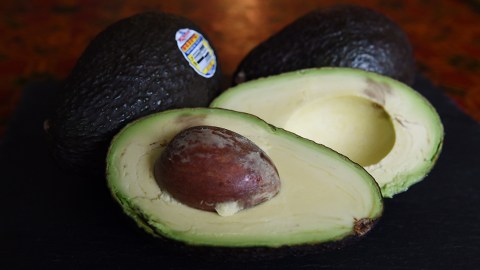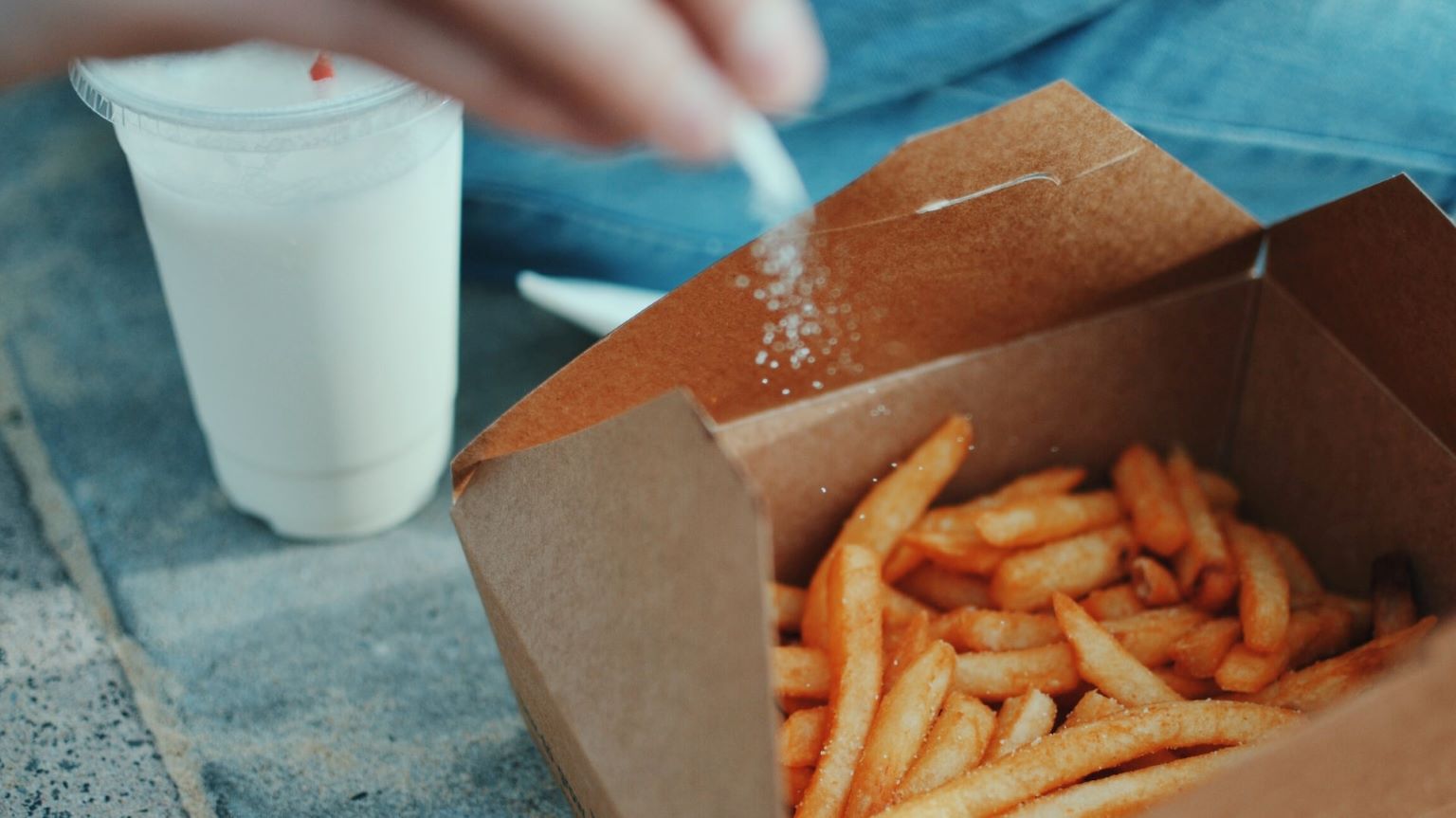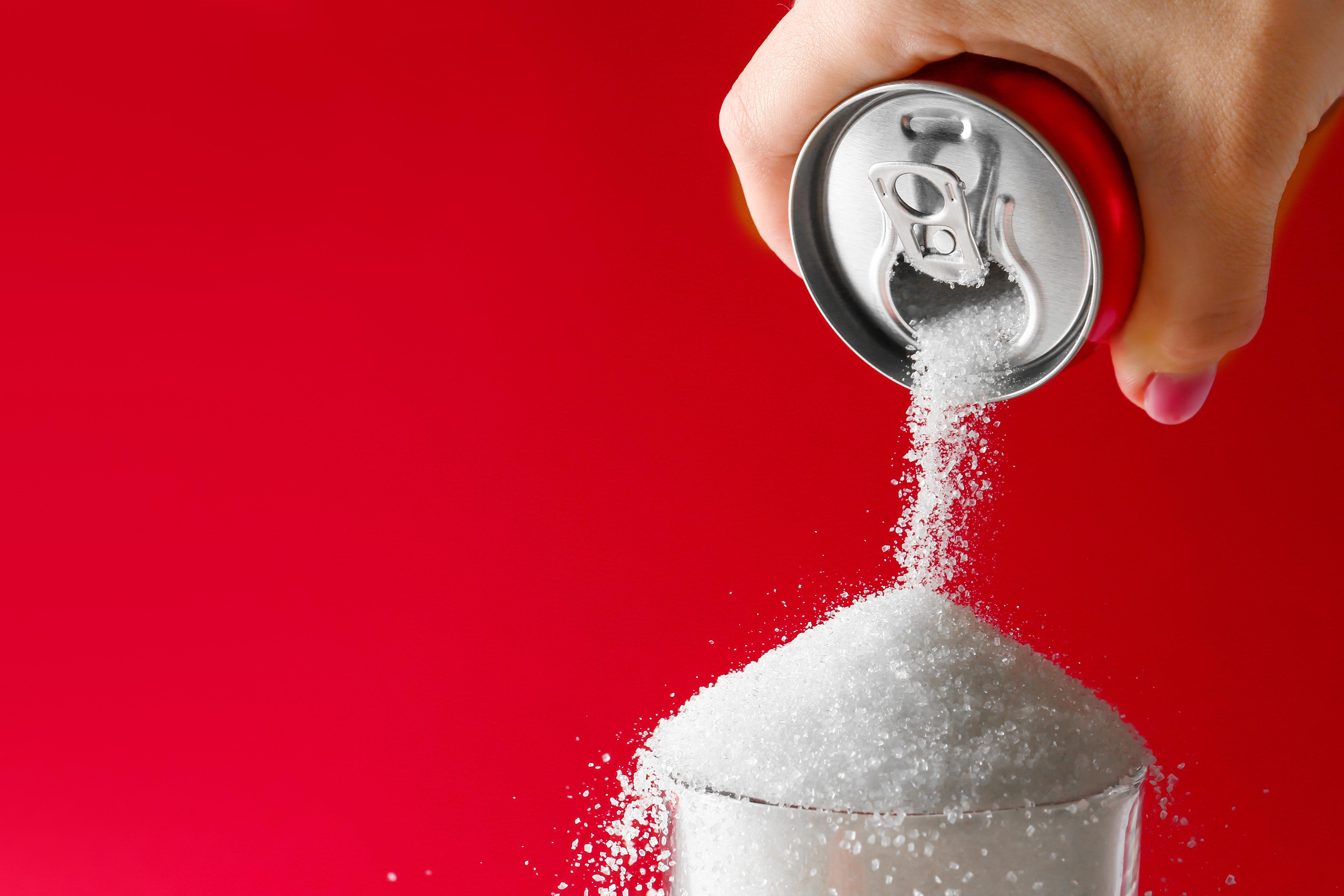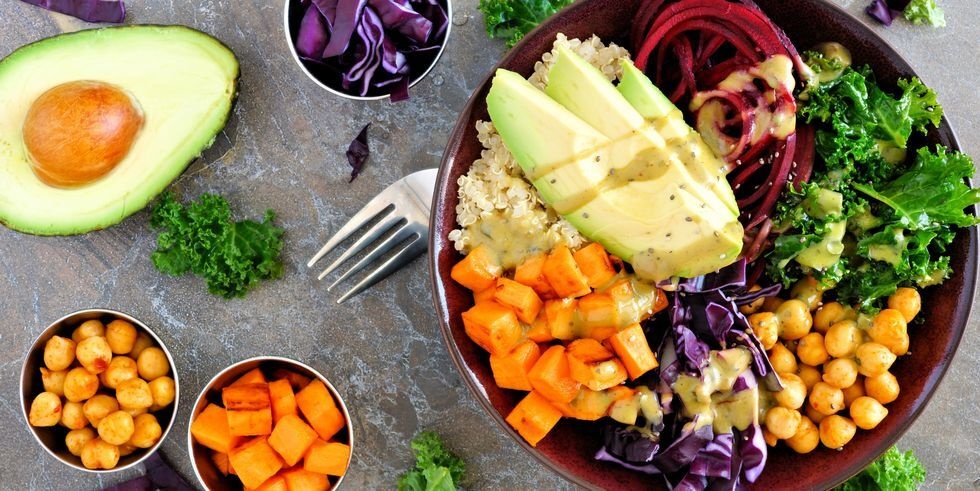Are Fats Really Bad For Us?

During this week’s Game of Thrones, Gilly makes a joke to ease Samwell Tarly’s vomiting bouts while bouncing along the ocean. She discusses her confusion about the words ‘see’ and ‘sea.’ No masterpiece theater, but there is truth in it. When one word sounds like another, we sometimes confuse the two.
Case in point: fat. There’s the un-PC version of obesity, which one-third of American adults currently suffer from. Fat is also one of the three macronutrients needed for survival, alongside carbohydrates and protein. For decades it has been believed that eating fat makes you fat, so avoid it at all costs. Yet we’ve only gotten fatter.
Dr. Mark Hyman, author of Eat Fat, Get Thin, calls this the ‘American paradox.’ Researchers have long been confused by how the French consume so much butter and fat yet remain thin while experiencing relatively low levels of heart disease. Americans, by contrast, have spent over a half-century removing fat from their diets while watching their waistlines grow and death rates soar.
A former vegetarian and low-fat advocate, Hyman decided to search beyond governmental food pyramids and common wisdom. He found that there is danger to some kinds of fats, though not others. Not only are certain fats not bad for us, they are actually helpful. As he writes,
Eating more of the right fats helps you lose weight and prevent dementia, heart disease, diabetes, and cancer, all while giving you the added benefits of improved mood, skin, hair, and nails.
Fats are complicated because many oils and foods contain a blend of the four fatty acids: saturated, monosaturated, polyunsaturated, and trans fats. Refined oils, Hyman writes, should be out of your diet; extra virgin olive and coconut oils, in. Grass-fed butter and ghee, along with pasture-raised or grass-fed animal fats, also make the cut.
The anti-fat movement began, according to Hyman, with Ancel Keys. While the influential scientist was responsible for two important diets—K-rations for World War II soldiers and the Mediterranean diet—he also linked saturated fats and heart disease in profoundly unscientific methods.
The first study he conducted involved thirty men from Crete. Keys looked at their previous day’s diet. He then investigated data from other countries in which more saturated fat was being consumed. Since the men from Crete suffered fewer heart attacks, Keys believed this limited information inferred causation. Fifty years later the term ‘low-fat’ still dominates shelves.
Keys furthered this claim by investigating data from six countries regarding heart disease, death rates, and fat consumption. The only problem is he left out sixteen other countries from available World Health Organization research that contradicted his belief.
Food is emotional. Tell someone that what he eats might be causing harm and he’s likely to lash out in emotional defiance. The claim that we are what we eat has merit, though; our food becomes us. As Hyman writes,
Food, it turns out, is not just calories, but information that radically influences our genes, hormones, immune system, brain chemistry, and even gut flora with every single bite.
Since the average American eats 152 pounds of sugar and 146 pounds of flour every single year, giving up habitual patterns is not easy. Numerous factors are in play. For example, metabolism drastically shifts with weight loss, as the NY Timesreported after following the weight gains of previous contestants on ‘The Biggest Loser.’ Danny Cahill recalls how he initially lost 239 pounds:
Wake up at 5 a.m. and run on a treadmill for 45 minutes. Have breakfast — typically one egg and two egg whites, half a grapefruit and a piece of sprouted grain toast. Run on the treadmill for another 45 minutes. Rest for 40 minutes; bike ride nine miles to a gym. Work out for two and a half hours. Shower, ride home, eat lunch — typically a grilled skinless chicken breast, a cup of broccoli and 10 spears of asparagus. Rest for an hour. Drive to the gym for another round of exercise.
Besides the excessive and dangerous over-exercising—exercise has been shown to help little with weight loss; too much exercise keeps cortisol levels elevated, contributing to weight gain—his diet reflected the perfect pyramid of carb and sugar dependence (toast, grapefruit) and fat avoidance (egg whites, skinless chicken breast), which would create unsustainable expectations. Hyman explains,
Even before people gain weight…they show significant metabolic changes as a result of consuming a higher-carb, lower-fat diet.
In the four-part Netflix series, Cooked, Michael Pollan discusses the vested interests that corporations have in influencing our diet. Beginning around the same time Keys was sounding an alarm on fats, food companies advertised how hard cooking is. Their frozen products were aggressively marketed as healthy solutions to the grind of kitchen time. Not only was our relationship to food severed; we also began the process of digesting (or not) unpronounceable laboratory-created ingredients that would never be found in an actual kitchen.
Thus began the corporate sponsorship of governmental policies regarding food. Hyman reports that in 2003 the WHO was set to recommend a reduction in sugar to less than ten-percent of all calories. But the sugar lobby cried foul. Secretary of Health and Human Services, Tommy Thompson, flew to Geneva to inform the organization that America would pull its $406 million annual funding if they published those guidelines. It took twelve years for the WHO to finally report sugar reduction as necessary—twenty-five grams per day. Most bottled beverages and organic cold-pressed juices exceed this amount.
Given the outrageous health-care costs and premature deaths occurring because of atrocious diets, the government finally seems to be standing up to food lobbies. As of late last year, the US government finally took back its advice to avoid saturated fats and cholesterol. Eat the whole egg and ditch the bagel.
So what to eat? Hyman follows a Pegan (paleo + vegan) diet—a term he knows invites controversy. Truth is, high-fat vegan and high-fat paleo diets are healthier than the standard high-carb, high-sugar American diet. Nuts, coconut oil, avocados, grass-fed meat, wild caught fish, and plenty of veggies comprise the bulk of this diet. Limit grains and dairy (except grass-fed butter and ghee). Nothing processed.
In January I switched from a carb-heavy vegetarian diet to a fat-heavy paleo diet. At forty I’ve never felt healthier. Over fifty-percent of my calories now come from fat. In that time I’ve dropped ten pounds, obliterated a number of GI issues, reduced chronic inflammation, sleep better, no longer suffer from repetitive canker sores, and have more energy than ever before.
Yes, I spend much more time in the kitchen. For many this is a nightmare. Knowing what is going into my body and how it’s being prepared is worth the time. And Dr. Hyman is right: fats taste better. The low-fat movement used sugars and fillers to hide the cardboard taste of its Frankenstein inventions. The time to let that mindset die its death has long passed. May it never return.
—
Image: Mark Ralston / Getty Images
Derek Beres is a Los-Angeles based author, music producer, and yoga/fitness instructor at Equinox Fitness. Stay in touch @derekberes.





